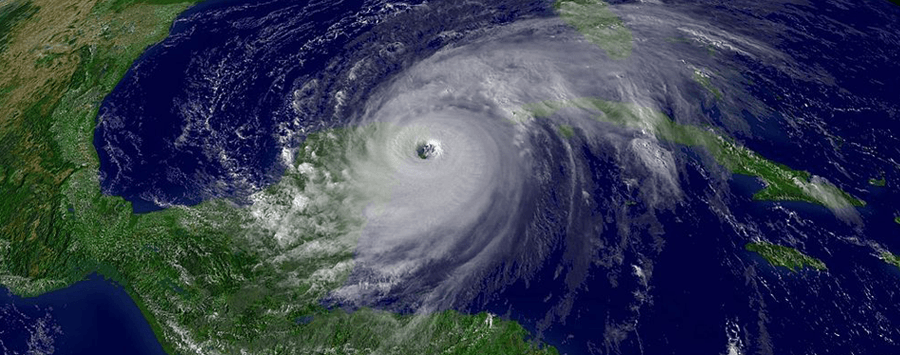In 2017 the world was impacted by several severe weather events and natural disasters including floods and landslides in South East Asia, wildfires in Europe and North America, and hurricanes in the Caribbean, and United States. These events, which sometimes cost precious lives, displace people, damage infrastructure, and devastate economies are becoming a common occurrence in the global theater. Scientists and engineers around the world are utilizing machine vision cameras into their applications to help mitigate the effects of these events and help local governments and insurance companies provide relief more effectively.
Speed up damage inventory
Geoscience Australia; an agency of the Australian government; developed the Rapid Inventory Collection System (RICS). RICS is a mobile machine vision based system mounted on a vehicle that captures geo-tagged digital images of structures and buildings for quick field damage assessments in disaster affected areas. RICS was first deployed in 2009 to assess residential and commercial structure damage following the Victorian bushfires.
Assess impact with aerial imaging
A research team at the University of Applied Science in Braunschweig, Germany created a project that used a drone fitted with a Manta camera to monitor flood levels and help prioritize rescue efforts to protect endangered areas. Historic floods hit the Lower Saxony region and the city of Braunschweig in July, 2017. The team was asked to use their prototype to quickly identify the areas most impacted by flood waters and provide rescue teams with guidance as to where sandbag dams were needed to be deployed and consolidated.
Faster financial compensation
Quite often, those impacted by severe weather or natural disasters expostulate about how long it takes for them to receive help and financial relief. For example, hailstorms can cause serious damage to crops, buildings, and vehicles. For the latter, 3D scanning systems like the one designed by Adomea GmbH help assess the damage of a car within seconds and speed-up insurance claims.
These are just a few examples of how computer vision systems can help alleviate some of the impacts of severe weather and natural disasters. To learn more about this, please refer to the full stories below:
Watch the video: University of Braunschweig drone (in German)
Read the full case study: Hail damage compensation
